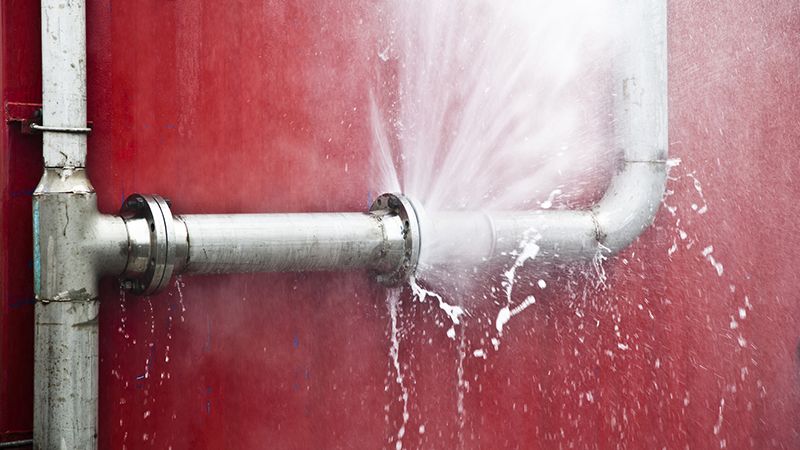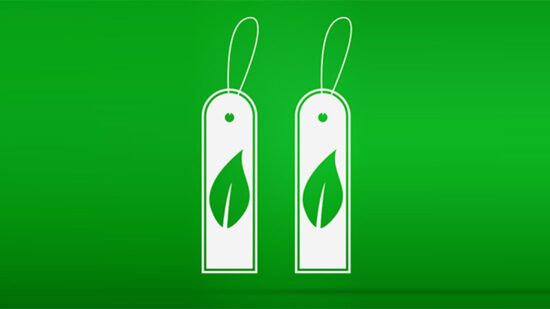We call the Earth the ‘Blue Planet’. We tend to see water as a given, an infinite resource. For those of us who do not lack it, it had not been an issue until there suddenly was too much water at a time, such as floods destroying buildings, or too little, where droughts are becoming more commonplace, leading to economic and social disasters such as famine, forced migration and conflict over remaining resources.
Both extremes, floods and droughts, have long-term effects on vegetation, animals and people. So how did we reach this point?
Globally, total water demand has risen from under 4,000 km3 in 1990 to 4,800 km3 in 2020, and it is expected to reach a staggering 6,800 km3 by 2050. Meanwhile, the sustainable water supply is estimated around 4,000km3 currently – and should decrease by 2050. This difference between demand and supply is called the Water Gap.
Water stress has risen significantly over the past decade and is accelerating. It is estimated that in 2019, 3.1 billion people were living in areas with ‘high’ or ‘extremely high’ risk of water stress, and in 2050 this number could reach 4.1 billion. Several reasons may explain the water gap: agriculture and our diets, industries, as well as daily usage by populations.
Consuming less water is now an urgent priority
Water demand patterns can be changed through a profound shift in how we consume water in agriculture, industries, and in our daily life. This will come with systematic changes in our production and consumption patterns, along with the deployment of smart technologies and optimisation solutions.
Agriculture is the most water-dependent sector, accounting for 72% of freshwater use , and one of the main causes of the degradation of water quality, partly due to the widespread use of agrichemicals. Introducing more water conscious farming practices involves adopting technologies and practices like water-smart cropping, agroforestry and other enhanced carbon and water sink solutions to preserve and restore a resilient water cycle.
Another key element required to reduce water usage is to ‘recycle’ water, especially for operations that are located in areas of high water stress. This is possible through closed water loops which are designed so that water circulates within a closed loop, continuously moving through the system without evaporation or exposure to the atmosphere, potentially undergoing cooling or heating processes, before being reused, sometimes after being treated. The next stage is for industries to step up their recycling practices. For example using recycled metals cuts water use by 40%, and water pollution by 76% and recycling paper cuts water use by 45% and water pollution by 35%.
While technology can bring part of the answer when it comes to improving water efficiency and preserving freshwater sources, the impact of these technologies will depend on companies’ ability to improve their water management strategy and practices. Governance and behaviour are as important as technological improvements. Corporates and investors need to consider the investment risks and ESG impacts of water.
Better management of available resources
On the other hand, we can act on water supply through a better management of available resources. This includes treating polluted water, desalinating seawater and finally restoring biodiversity.
Globally, 70% of industrial wastewater is not treated or inadequately treated before being dumped into the environment . Wastewater production is expected to increase by 24% by 2030 and 51% by 2050 from today’s levels . The compounding effects of increasing wastewater production and the lack of treatment capabilities imply that contamination of water systems is at risk of increasing further, and this will be further exacerbated by climate change.
Advanced water reclamation facilities can treat wastewater to such high standards that the resulting water is often purer than water from conventional sources, as indicated by the European Commission. However, only 11% of the world’s treated wastewater is reused , mostly because of regulation.
It is also key to remedy water losses in our cities through leaks in aging infrastructure. Fixing household leaks could save up to one trillion litres of water annually in Europe alone, which is equivalent to the annual consumption of 55,000 to 65,000 individuals . Overall, the transition to circular and water-smart cities represents a $540bn market, that is expected to grow by an annual 15% by 2030.
To address the growing strain on traditional water sources, potential solutions include identifying new supply sources, such as making use of the vast amount of seawater on earth. Desalination technologies have the capacity to turn these vast quantities of seawater into freshwater, a unique solution to bring potable water to populations living in arid areas but negative externalities such as very high energy need, associated CO2 emissions and discharged brine equally raise concerns.
Preserving and restoring biodiversity can also play a pivotal role in increasing freshwater availability. The loss of biodiversity poses a vital threat to freshwater sources as forests and other biodiversity-rich ecosystems are water sinks as much as carbon sinks. For every 1% increase in deforestation, there is a significant 0.93% decrease in accessible drinking water: primary forest loss has a direct impact on water resources .
Investing is a means to support closing the water gap
Society has paid a mere fraction of the true cost of water – which has reduced any economic incentives to work on substitution wherever it may be suitable, or on solutions for greater efficiency.
Enhanced regulation and shareholder engagement will eventually prompt corporations (as well as the agriculture sector) to change the way they deal with water, at a time of climate change and increased water stress. This in turn should sustain elevated investments through the end of the decade (and most likely well into the 2030s) providing a unique investment opportunity for companies all along the water value chain to become leaders in water efficiency and circularity. Recent research shows that $2.3trn of commercial opportunities could be unlocked for the private sector by investing in water security.








